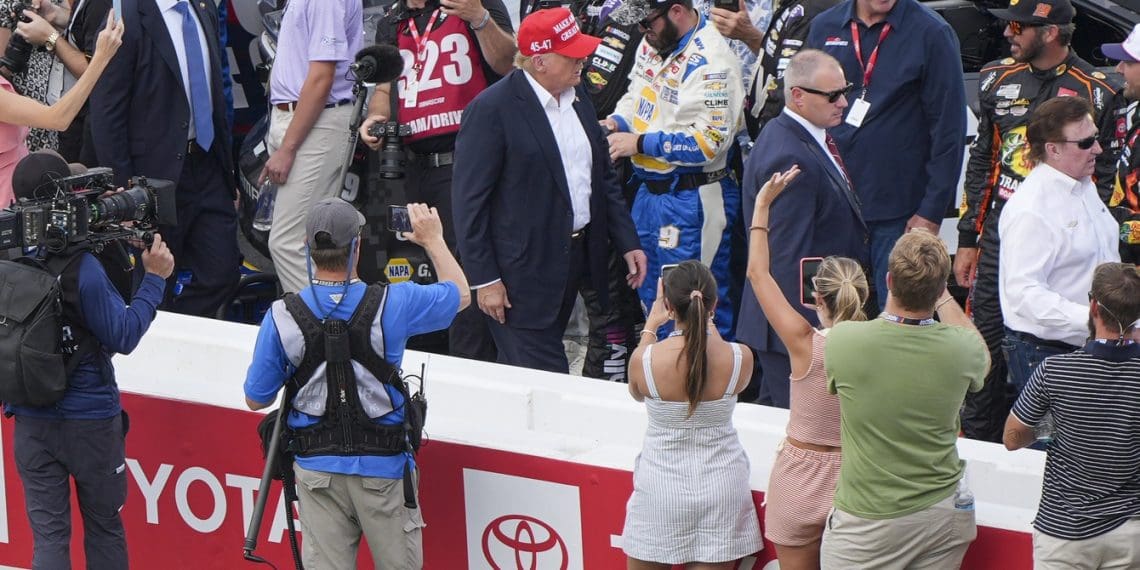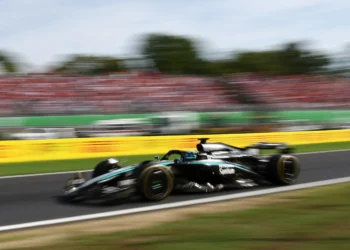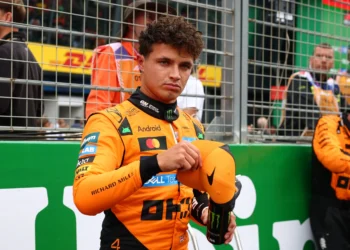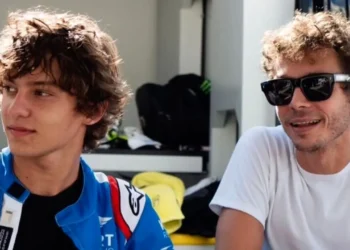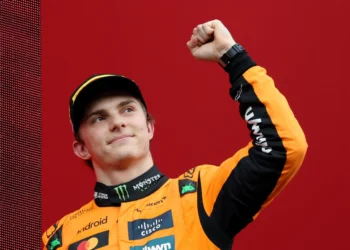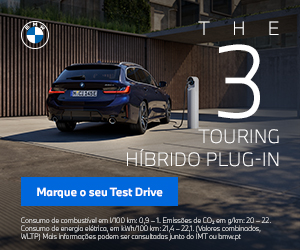In the high-speed world of NASCAR, where passion meets precision, some dreams take the checkered flag while others stall out on the starting grid. One of the sport’s most intriguing “what-ifs” lies in former President Donald Trump’s ambitious yet unfulfilled plan to build a NASCAR super-speedway. Spanning decades, Trump’s efforts to break into the stock car racing scene are a tale of grand vision, political undercurrents, and unfortunate timing.
The Trump Motor Speedway: A Dream Takes Shape
It all began in 1996, when Trump first floated the idea of constructing a racetrack in Bridgeport, Connecticut. This was no small vision. Trump, already a household name for his real estate empire, wanted to bring the glitz and glamour of his brand to NASCAR. By 1999, the stakes had grown even higher. Trump offered $55 million to buy a Northrup Grumman test site in Riverhead, Long Island, aiming to transform it into a massive racetrack. The proposal included a partnership with then-NASCAR president William France Jr. for a state-of-the-art speedway.
Dubbed the Trump Super Speedway, the project was envisioned as a 1,000-acre, $400 million behemoth that could seat 300,000 race fans. It was, as a Trump executive boasted, a design for the ages:
“It’ll be the tallest building in the world sideways.”
Residents Slam the Brakes
Despite the bold vision, the proposed racetrack met fierce resistance from local communities. Residents of Riverhead were particularly vocal, fearing the noise, congestion, and chaos the project might bring to their quiet towns. Trump’s confidence, however, remained unshaken, and he explored alternative sites in Connecticut, northern New Jersey, and the Catskills.
Yet, the project failed to gain traction. While Trump’s ambitions aligned with NASCAR’s desire to expand closer to metropolitan hubs like New York City, the pieces never quite came together. Despite trademarking “Trump Super Speedway” in 2004, the plans remained stalled, and the trademark application was abandoned in 2008, a casualty of the Great Recession. With NASCAR attendance and ratings declining and sponsors pulling out, Trump’s vision of a New York-adjacent racing haven faded into history.
Politics or Timing?
The collapse of Trump’s NASCAR dreams has left many wondering: was this a case of bad timing, or did political headwinds derail the project? While the economic downturn undoubtedly played a role, Trump’s polarizing persona has often cast a shadow on his ventures. As president, his connection to NASCAR became a topic of debate, with some fans welcoming his presence and others expressing skepticism about his intentions.
This year, as Trump returned to office in 2024, his attempts to engage with NASCAR—including a proposed Coca-Cola 600 campaign visit—fell flat, signaling lingering tensions between the sport’s community and his political legacy.
A Vision That Never Raced
Trump’s failed NASCAR dream is a story of ambition that collided with resistance and recession. Had the Trump Super Speedway come to fruition, it might have reshaped NASCAR’s footprint and its connection to metropolitan audiences. Instead, it serves as a cautionary tale of how even the boldest dreams need timing, support, and a little bit of luck to succeed.
Did Trump’s NASCAR ambitions crash because of politics, or was it simply bad timing? Fans are left to ponder the answer, but one thing is clear: the sport missed out on a track as unique and divisive as the man who dreamed it up.

